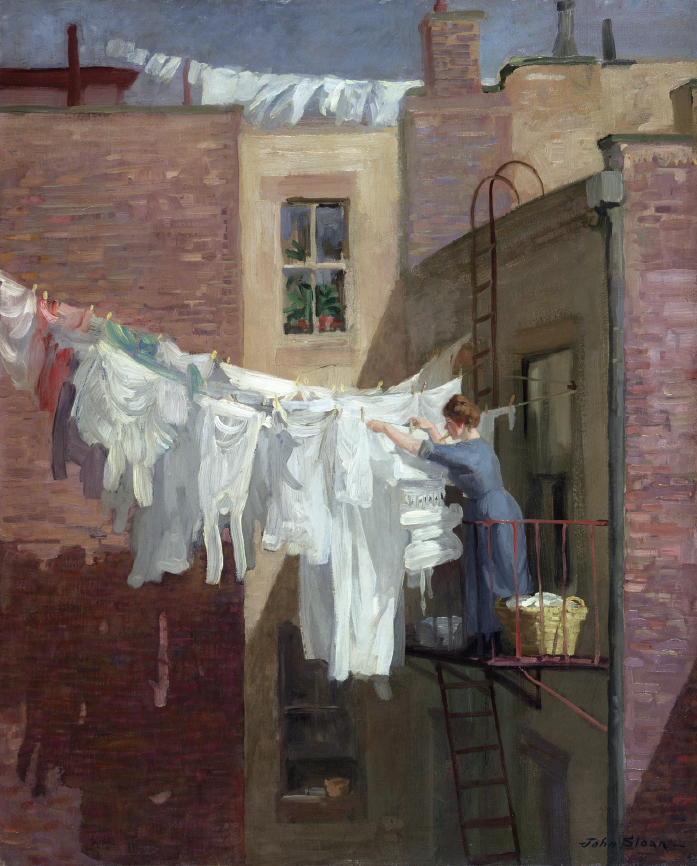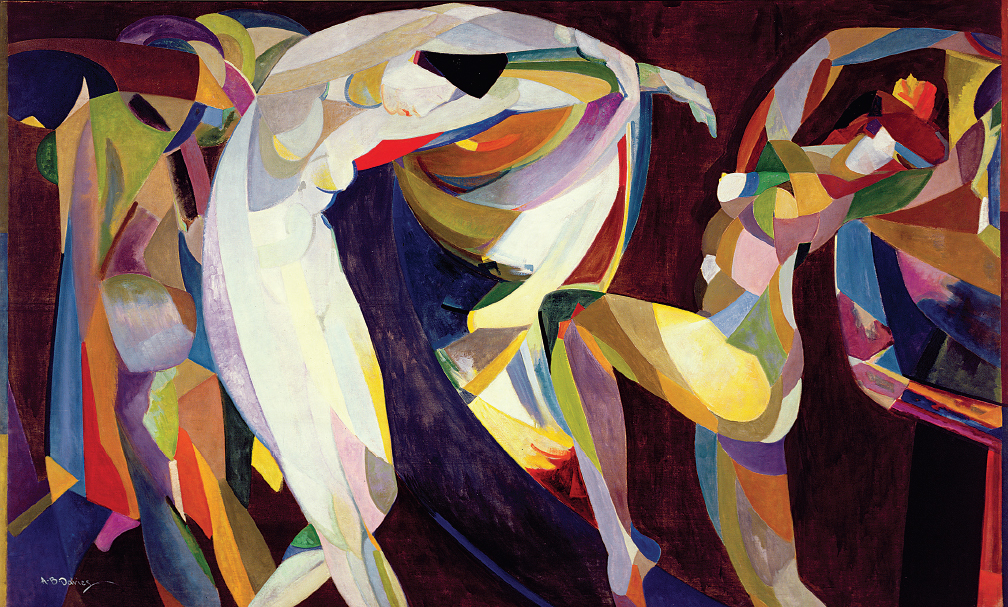Realism in the Arts
Inspired by the quest for facts, American authors rejected nineteenth-century romanticism and what they saw as its unfortunate product, sentimentality. Instead, they took up literary realism. In the 1880s, editor and novelist William Dean Howells called for writers “to picture the daily life in the most exact terms possible.” By the 1890s, a younger generation of writers pursued this goal. Theodore Dreiser dismissed unrealistic novels that always had “a happy ending.” In Main-Travelled Roads (1891), based on the struggles of his midwestern farm family, Hamlin Garland turned the same unsparing eye on the hardships of rural life. Stephen Crane’s Maggie: A Girl of the Streets (1893), privately printed because no publisher would touch it, described the seduction, abandonment, and death of a slum girl.

Some authors believed realism did not go far enough to overturn sentimentalism. Jack London spent his teenage years as a factory worker, sailor, and tramp. In stories such as “The Law of Life” (1901), he dramatized what he saw as the harsh reality of an uncaring universe. American society, he said, was “a jungle wherein wild beasts eat and are eaten.” Similarly, Stephen Crane tried to capture “a world full of fists.” London and Crane helped create literary naturalism. They suggested that human beings were not so much rational shapers of their own destinies as blind victims of forces beyond their control — including their own subconscious impulses.
America’s most famous writer, Samuel Langhorne Clemens, who took the pen name of Mark Twain, came to an equally bleak view. Though he achieved enormous success with such lighthearted books as The Adventures of Tom Sawyer (1876), Clemens courted controversy with The Adventures of Huckleberry Finn (1884), notable for its indictment of slavery and racism. In his novel A Connecticut Yankee in King Arthur’s Court (1889), which ends with a bloody, technology-driven slaughter of Arthur’s knights, Mark Twain became one of the bitterest critics of America’s idea of progress. Soon afterward, Clemens was devastated by the loss of his wife and two daughters, as well as by failed investments and bankruptcy. An outspoken critic of imperialism and foreign missions, Twain eventually denounced Christianity itself as a hypocritical delusion. Like his friend the industrialist Andrew Carnegie, Clemens “got rid of theology.”
By the time Clemens died in 1910, realist and naturalist writers had laid the groundwork for modernism, which rejected traditional canons of literary taste. Questioning the whole idea of progress and order, modernists focused on the subconscious and “primitive” mind. Above all, they sought to overturn convention and tradition. Poet Ezra Pound exhorted, “Make it new!” Modernism became the first great literary and artistic movement of the twentieth century.
In the visual arts, new technologies influenced aesthetics. By 1900, some photographers argued that their “true” representations made painting obsolete. But painters invented their own forms of realism. Nebraska-born artist Robert Henri became fascinated with life in the great cities. “The backs of tenement houses are living documents,” he declared, and he set out to put them on canvas. Henri and his followers, notably John Sloan and George Bellows, called themselves the New York Realists. Critics derided them as the Ash Can school because they chose subjects that were not conventionally beautiful.
In 1913, Realists participated in one of the most controversial events in American art history, the Armory Show. Housed in an enormous National Guard building in New York, the exhibit introduced America to modern art. Some painters whose work appeared at the show were experimenting with cubism, characterized by abstract, geometric forms. Along with works by Henri, Sloan, and Bellows, organizers featured paintings by European rebels such as Pablo Picasso. America’s academic art world was shocked. One critic called cubism “the total destruction of the art of painting.” But as the exhibition went on to Boston and Chicago, more than 250,000 people crowded to see it.
A striking feature of both realism and modernism, as they developed, was that many leading writers and artists were men. In making their work strong and modern, they also strove to assert their masculinity. Paralleling Theodore Roosevelt’s call for “manly sports,” they denounced nineteenth-century culture as hopelessly feminized. Stephen Crane called for “virility” in literature. Jack London described himself as a “man’s man, … lustfully roving and conquering.” Artist Robert Henri banned small brushes as “too feminine.” In their own ways, these writers and artists contributed to a broad movement to masculinize American culture.

EXPLAIN CONSEQUENCES